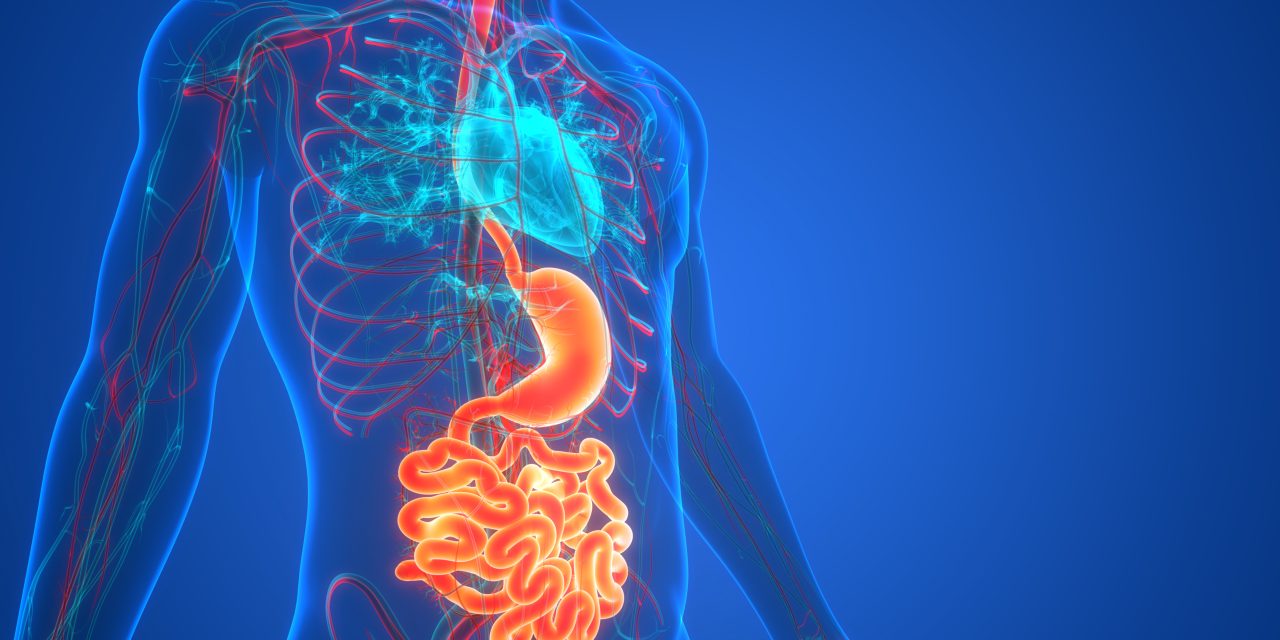Tumor and anatomical changes during radiotherapy have been observed in stage III non-small cell lung cancer (NSCLC) from many previous studies. We hypothesized that a routinely scheduled adaptive radiotherapy would have clinical important dose benefits to lower the risk of toxicities, without increasing the tumor recurrences.
We retrospectively reviewed 92 consecutive patients with inoperable stage III NSCLC between November 2017 and March 2019. All eligible patients received simultaneously integrated boost (SIB) using intensity-modulated radiation therapy (IMRT). A mid-treatment CT simulation and a new adapted plan were routinely given after the first 20 fractions. The organs at risk (OARs) were delineated per RTOG 1106 atlas. Dose-volume histograms were quantitatively compared between the initial and composite adaptive plans. Logistic regression was applied to analyze the dose-response relationship. Clinical endpoints included symptomatic acute symptomatic RP (RP2) and esophagitis (RE2), local controland regional tumor control, and progression-free survival (PFS).
Sixty-four eligible patients received adaptive SIB-IMRT were consecutively included. The GTVs reduced by a median of -38.2% after 42 to 44 Gy in 20 fractions of radiotherapy. By adapting to tumor and anatomical changes, dosimetric parameters of OARs decreased significantly. The mean lung dose decreased by an average of -74.8 cGy, and mean esophagus dose was lower by 183.1cGy. We found grade 2 or higher acute RP in 11 patients (17.2%), and RE2 in 28 patients (43.8%). Commonly used lung and esophagus dose metrics were significantly associated with RP2 and RE2. The adaptation could reduce RP2 probability by 3%, and RE2 risk by 5%. Subgroups with higher OARs dose or larger tumor shrinkage may get more dose and toxicities benefits. The estimated median PFS was 12.5 months from the start of radiotherapy.
We demonstrated that the routinely adaptive SIB-IMRT strategy could significantly reduce the dose to surrounding normal tissues, potentially lower the associated acute RP and RE, without increasing the risk of tumor recurrences.
Copyright © 2021 The Author(s). Published by Elsevier B.V. All rights reserved.
Adaptive intensity-modulated radiotherapy with simultaneous integrated boost for stage III non-small cell lung cancer: Is a routine adaptation beneficial?


